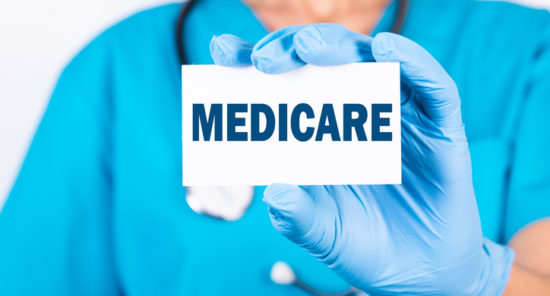Credit: Original article published here.According to the United States Renal Data System, use of home dialysis has increased since 2017. Across all payer types, the greatest growth has been seen in home hemodialysis. The Advancing American Kidney Health (AAKH) executive order set a goal of initiating home dialysis or preemptive kidney transplant for 80% of patients with incident end-stage renal disease (ESRD). While new payment models from the Centers for Medicare & Medicaid Services (CMS) reward payers for achievement of higher rates of home dialysis, use of home hemodialysis is lowest among patients with Medicare Advantage health insurance coverage: 1.3% versus 3.0% among patients with original Medicare fee-for-service (FFS) coverage without Medicaid. During a poster session at the National Kidney Foundation Spring Clinical Meetings 2023, Stephan Dunning, MBA, and colleagues at Outset Medical, Inc., San Jose, California, reported estimates of the per-member per-month (PMPM) costs for a Medicare Advantage health plan and 5-year savings generated by incentivizing home dialysis aligned with the AAKH goal. The poster was titled Home Hemodialysis Can Help Reduce Total Cost of Care Among Medicare Advantage Members With ESRD. The researchers modeled a Medicare Advantage health plan with 500 members on dialysis. They included inputs from
Credit: Original article published here.Recent estimates suggest that 37 million adults in the United States, one in seven, have chronic kidney disease (CKD), excluding those with end-stage renal disease. As the population in the United States ages and as the prevalence of risk factors for CKD such as hypertension and obesity increase among all age groups, CKD is expected to become even more common. CKD is most prevalent among US adults ≥65 years of age; most of the research on the economic burden of CKD has focused on the Medicare population. Excluding patients with ESRD, costs from patients with CKD accounted for more than 22% ($81 billion) of the Medicare fee-for-service spending in 2018. Increasing CKD stage as well as common comorbidities such as heart failure and type 2 diabetes mellitus (T2DM) contribute to cost of care for this patient population. There are fewer data available on the burden of CKD for commercial payers. Results of some studies have suggested that an increase in all-cause costs due to increasing CKD sages among patients <65 years of age is similar to the observed increases among those ≥65 years of age. However, according to Haechung Chung, MPH, and colleagues, there is a



